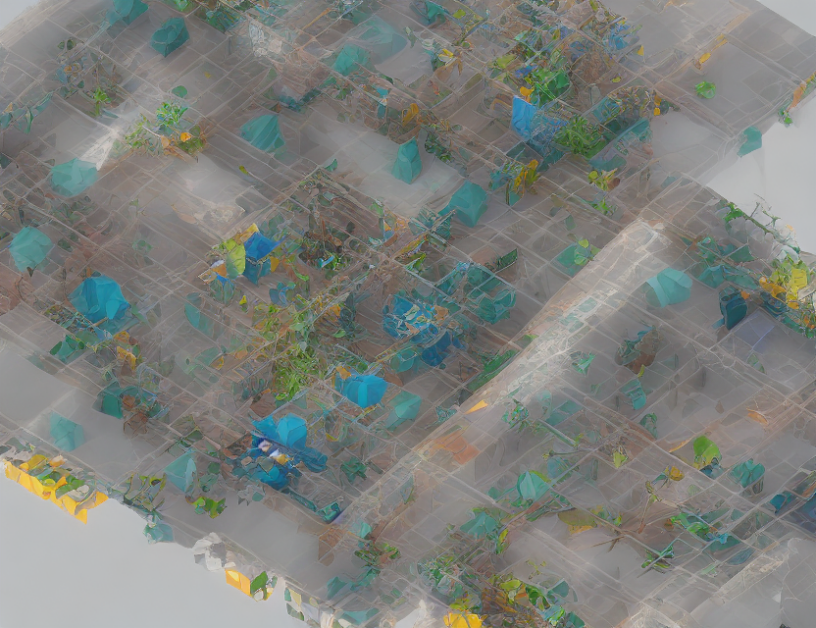The article discusses a new lattice quantizer, ˜L, which is a better alternative to the previously known K12 quantizer in nine dimensions. Lattice quantizers are used to represent a signal or data in a more efficient and accurate manner by dividing it into smaller units called glue words.
The authors of the article present several tables that list the estimated number of states per dimension (NSM) of ˜L for different sets of glue words. These NSM values are calculated using a method called the Gaussian elimination algorithm, which is a widely used technique in linear algebra. The tables show that ˜L has a higher NSM than K12 in most cases, indicating that it is a more efficient quantizer.
The article also discusses the representation of a population of infinite elements in a finite number of elements using a method called the Fourier transform. This representation is useful for understanding the properties of lattice quantizers and their relationship to other mathematical concepts.
Overall, the article provides a detailed analysis of ˜L, a new lattice quantizer that offers improved efficiency and accuracy compared to existing quantizers in nine dimensions. The authors present their findings in a clear and concise manner, using everyday language and engaging analogies to help readers understand complex concepts.
Computer Science, Information Theory
Newly Discovered Lattice Outperforms K12 in NSM Estimation



